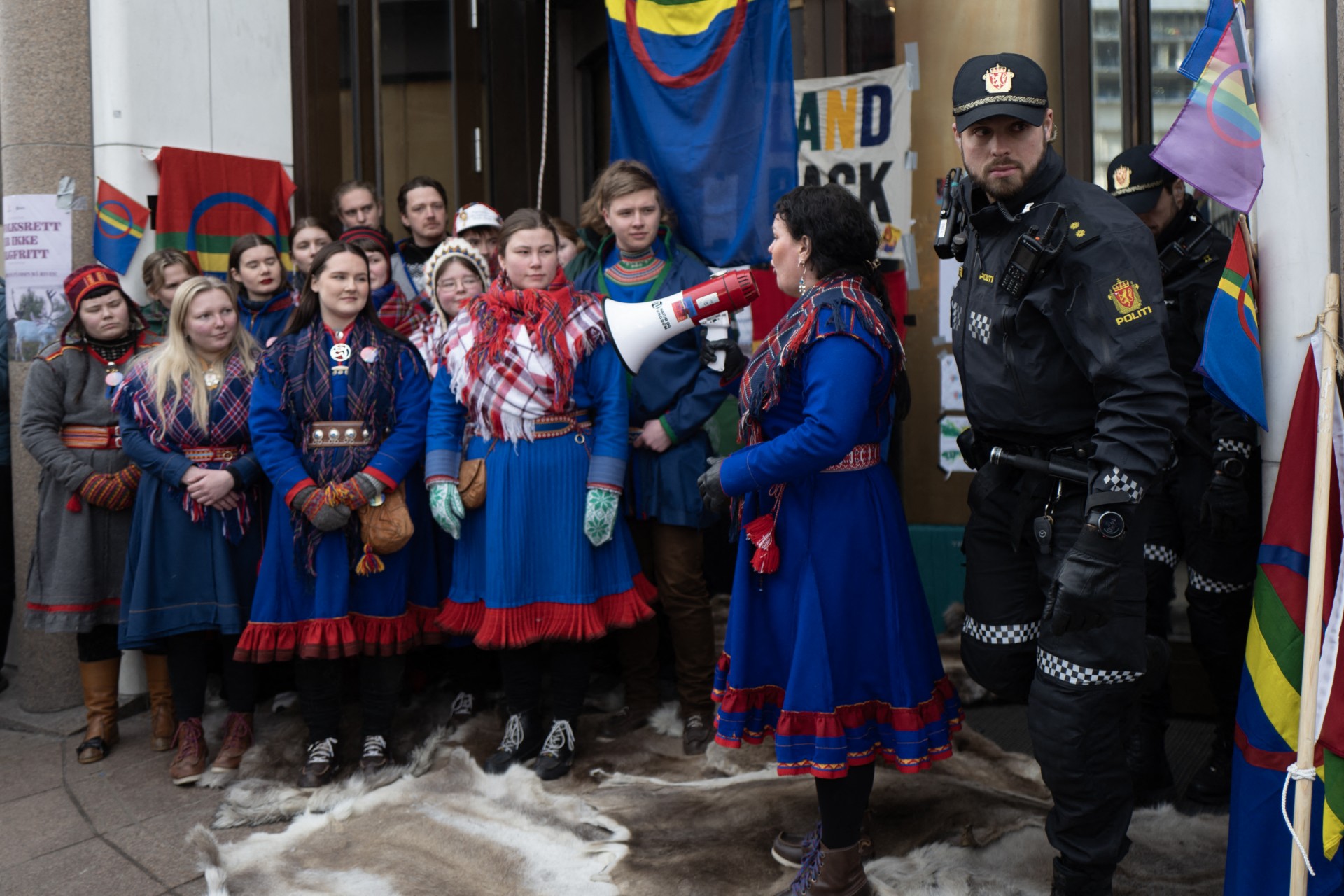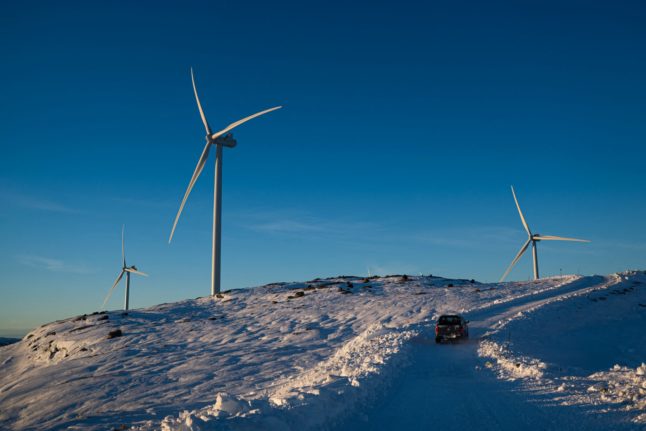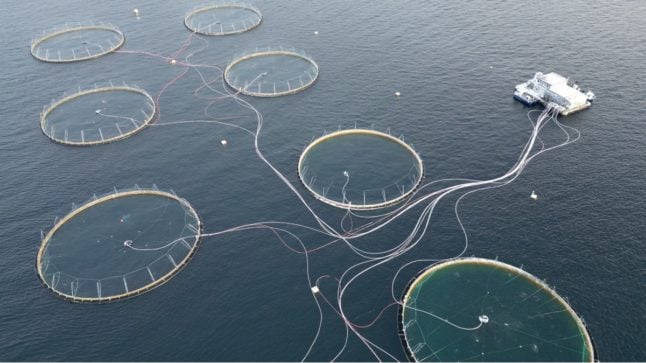What’s the story?
On October 11th, 2021, Norway’s Supreme Court found that two wind farms in the Fosen region of western Norway — on land used by Sami reindeer herders — violated the rights of the indigenous people, guaranteed by the UN, to practise their culture of reindeer husbandry.
While the Supreme Court found that the expropriation and operating permits for the construction of the turbines were invalid, it gave no guidance on what should be done with the turbines, which were already in operation.
Two years later, the 151 turbines are still operating.
So there have been protests?
To mark the anniversary on October 11th, dozens of environment activists and Samis began a series of protests in the Norwegian capital expected to last several days, demanding the demolition of the turbines.

The following day, Swedish activist Greta Thunberg joined them to block the entrance to the headquarters of state-owned energy group Statkraft, which operates 80 of the 151 turbines in Fosen.
On the third day of protests against the 151 turbines built on Sami reindeer herding land in the Fosen region in western Norway, dozens of activists, many dressed in traditional Sami clothing, sat outside the entrances of several ministries and called for the demolition of the wind parks.
Why was Thunberg involved?
“It’s important to show solidarity when human rights violations are taking place especially in Scandinavia against the Sami people,” Thunberg told AFP on Wednesday.
She was speaking just after a court in the southern Swedish town of Malmö had fined her for public disobedience at a July 24th protest in Malmö.
Swedish climate campaigner Greta Thunberg has joined indigenous Sami activists protesting in Oslo against wind turbines still operating on reindeer herding land two years after a court ruled them illegal.
➡️ https://t.co/ZK7y4oFFuI pic.twitter.com/ScNUPcP4Gy— AFP News Agency (@AFP) October 12, 2023
“All of us who can be there and show our support should,” she said.
She had sat on the ground next to activists clad in traditional Sami clothing at the foot of a lavvu, a Sami tent erected outside the Statkraft entrance.
Thunberg had already taken part in a demonstration in February to mark the 500th day since the Supreme Court ruling.
“Greta Thunberg is an important ally supporting our cause,” Sami activist and artist Ella Marie Haetta Isaksen said.
So if the turbines are illegal why aren’t they being torn down?
While the Supreme Court found that the expropriation and operating permits for the construction of the turbines were invalid, it gave no guidance on what should be done with the turbines, which were already in operation.
Norway’s government has apologised to Sami reindeer herding families and recognised that their human rights have been violated.
It has launched a mediation process to try to find a solution enabling both the herders and wind farms to continue their activities.
Petroleum and Energy Minister Terje Aasland has said “the destruction of all wind turbines was excluded” and “not a likely outcome of either a decision-making process or a mediation process.”
The outcome could set a precedent for other infrastructure projects on the vast lands traditionally used by the Sami across Norway.
So what are Norwegian authorities going to do?
Norway’s government has apologised to Sami reindeer herding families and recognised that their human rights have been violated.
It has launched a mediation process to try to find a solution enabling both the herders and wind farms to continue their activities.
Tell me more about the Sami people
An indigenous minority of around 100,000 people spread over the northern parts of Norway, Sweden, Finland and Russia, the Sami have traditionally lived off reindeer herding and fishing.

Their relationship with Norway has been fraught.
Beginning in the 1700s, the Norwegian government carried out the official policy of Norwegianisation, which aimed to assimilate the non-Norwegian-speaking population into an ethnically and culturally uniform society.
The policy was initially targeted at the Sami people of northern Norway.
In June this year Norway’s Truth and Reconciliation Commission’s report found that the Norwegianisation of the Sami has had severe consequences, which are being felt to this day.



 Please whitelist us to continue reading.
Please whitelist us to continue reading.
Member comments